
During the peanut harvest season, farmers in Huyen Duc hamlet both have income and contribute to creating jobs for many rural workers.
Peanut products of Tra Vinh province are assessed to be of better quality than those of other production areas, so peanut products are better consumed in the market. Peanuts are the main crop in areas with sandy soil, hill slopes in Cau Ngang, Tra Cu, Chau Thanh districts, a smaller area is grown in Cang Long, Duyen Hai districts and Duyen Hai town. On the same plot of land, peanuts are grown 1 or 2 crops, in which winter-spring is the main crop of farmers. Intercropping with peanuts, farmers can grow other crops such as watermelon, other vegetables such as squash, corn, bitter melon, and vegetables.
Peanut varieties are grown such as MD7 and white hybrid, the province's annual peanut output is estimated at 21,000 - 23,000 tons/year. Therefore, peanuts are considered a commodity crop that brings in relatively large revenue in the province's agricultural production. Annual revenue from peanut production is estimated at 650 billion VND.
Currently, the province does not have any cooperatives for peanut production, processing, or processing. Peanut growers grow peanuts on a household scale and some households participate in cooperatives. The number of cooperatives and the number of households participating in cooperatives is insignificant. However, there is an important form of cooperation between seed suppliers and fresh peanut buyers. This form of cooperation is very important in the peanut value chain; agents often have a relatively fixed number of farming households in each community; farmers receive seeds, plant, harvest, and sell products to the seed supplier.
The main crop peanut yield reached 9.5 tons of fresh peanuts/ha, equivalent to 4.1 tons of dry peanuts/ha. The area and yield of peanuts in the second crop decreased by about 42.5% in area and about 31.7% in yield compared to the first crop. Therefore, the output of peanut products is assessed as difficult and depends solely on traders who have provided seeds and committed to purchasing output products. According to purchasing facilities, over 70% of peanut output is purchased by Chinese traders and export enterprises outside Tra Vinh province. However, these traders and enterprises do not have official production and product consumption contracts.
Farmer Le Quoc Hung, who has many years of experience growing peanuts in Huyen Duc hamlet, Long Son commune, Cau Ngang district, said: with the advantage of sandy soil, he grows 3-4 crops every year. In the main winter-spring crop, he grows peanuts and some other vegetable areas such as tomatoes and white radishes to apply the method of taking short-term to support long-term. Radishes and tomatoes have a short growing time of about 1 month for harvest, while peanuts are grown for about 3 months for harvest. In recent years, peanut prices have been unstable, at the beginning of the season, the selling price is from 17,000 - 18,000 VND/kg, at some times, the price of fresh peanuts can reach 20,000 VND/kg and gradually decrease from mid-season to mid-season.
In the middle of the winter harvest, the selling price decreases, while the cost of hiring workers to pick and pluck beans does not decrease, so the profit is not much. Compared to other crops, peanuts require less care because in the winter-spring crop, watering is only done every 3 days. Therefore, local people always maintain peanut plants. At the end of the peanut season, farmers focus on planting watermelon from 1 to 2 crops. With 0.3 hectares of peanuts this year, the average yield is 1 ton/0.1 hectares, the selling price is 15,000 - 16,000 VND/kg, the average profit is 10 million VND/0.1 hectares.
According to Mr. Hung, fresh peanut products are usually sold in bulk to purchasing agents at prices agreed between agents and farmers at each crop season. The price of fresh peanuts fluctuates from 15,000 to 17,000 VND/kg. Therefore, farmers depend on traders. On the other hand, households lacking capital often buy seeds, fertilizers and pesticides from agents and pay after harvest. However, in previous years, his family and other farmers here could earn higher profits by drying and selling dry peanut products, with profits 15-20% higher than selling fresh peanuts. However, farmers often do not dry because it takes more work and depends on the market when selling dry products.
Comrade Le Van Phi, Head of the Department of Agriculture and Environment of Cau Ngang district, said: The production scale is still small, not forming a specialized production area with a scale to meet the demand for concentrated production in the direction of goods, causing difficulties in organizing market linkages, especially peanuts, most farmers depend on seed suppliers. Fresh peanut productivity in the district is from 08 - 09 tons/ha. To improve the effectiveness of restructuring the agricultural sector, the district improves the quality of planning and production management. Combining restructuring by key product groups with restructuring by sector and restructuring by sub-region.
According to survey information from the Project on Developing Smart Agricultural Value Chains Adapting to Climate Change in Tra Vinh Province and the consulting unit (Hiep Chi Consulting Company Limited): in the current context, the peanut industry in Tra Vinh province faces more risks of pests and diseases, climate change, adverse weather, and unseasonal rainfall, leading to product quality and output being affected.
However, the lack of linkage among households leads to difficulties in expanding the peanut value chain. The lack of linkage among farmers in the production organization leads to households only being able to grow and sell fresh products to purchasing facilities and warehouses, without linkage or developing forms of preliminary processing and product processing with higher added value. The lack of linkage among farmers leads to ineffective investment and support activities of programs. In particular, the programs support peanut products that meet VietGAP certification standards, but the products produced have no market for consumption.
Similarly, farmers often do not apply specific production standards and regulations, and often use fertilizers and chemicals based on experience and recommendations from suppliers. In addition, due to the lack of linkages between farmers, most households receive seeds, fertilizers, and materials without input packages and pay after harvest, leading to increased production costs in peanut farming.
In the coming time, the province needs to shift the appropriate season, proactively build quality raw material areas, support the peanut chain linkage and have solutions for deep processing and product innovation to create high value-added products for peanuts in particular and other crops in general. From there, the actors participating in the peanut value chain can create more jobs for workers.
Article and photos: MAN QUAN
Source: https://www.baotravinh.vn/nong-nghiep/can-lien-ket-chuoi-gia-tri-cay-dau-phong-tao-dau-ra-san-pham-46273.html



![[Photo] Prime Minister Pham Minh Chinh attends the event "Digital transformation of the banking industry by 2025"](https://vphoto.vietnam.vn/thumb/1200x675/vietnam/resource/IMAGE/2025/5/29/0e34cc7261d74e26b7f87cadff763eae)


![[Photo] Prime Minister Pham Minh Chinh receives leaders of Excelerate Energy Group](https://vphoto.vietnam.vn/thumb/1200x675/vietnam/resource/IMAGE/2025/5/29/c1fbe073230443d0a5aae0bc264d07fe)

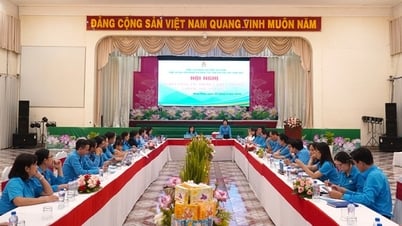

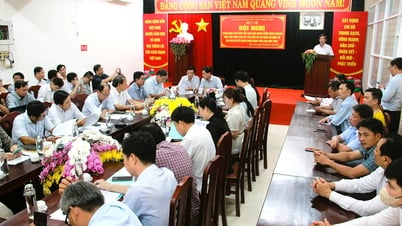
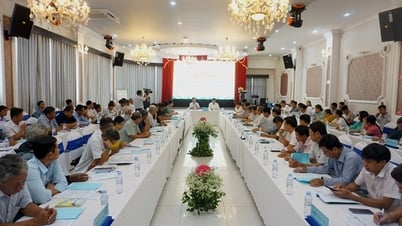
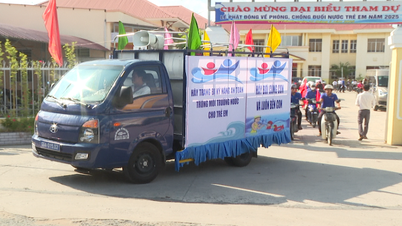







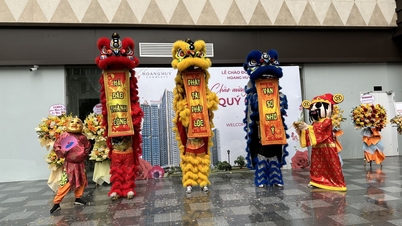



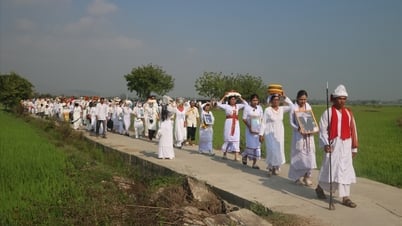




































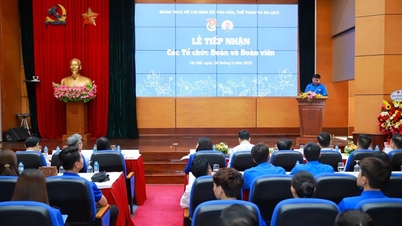



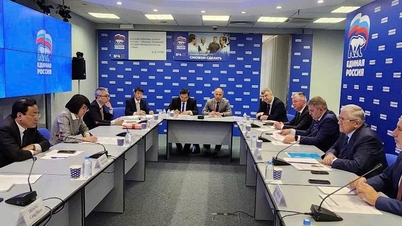

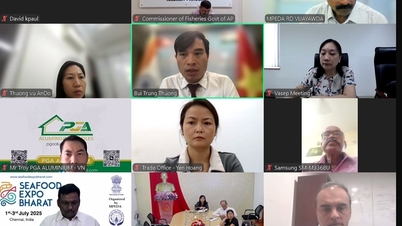




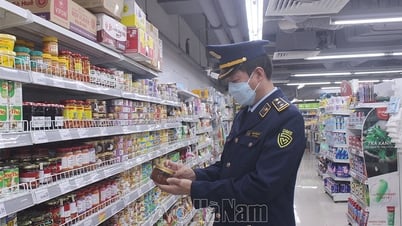

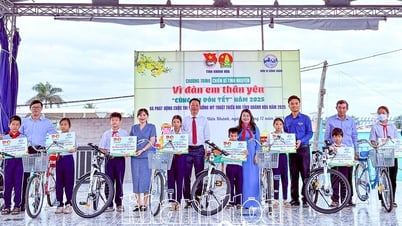
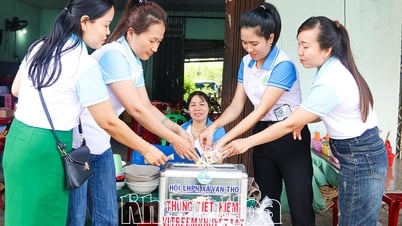

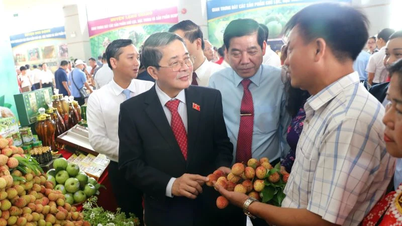









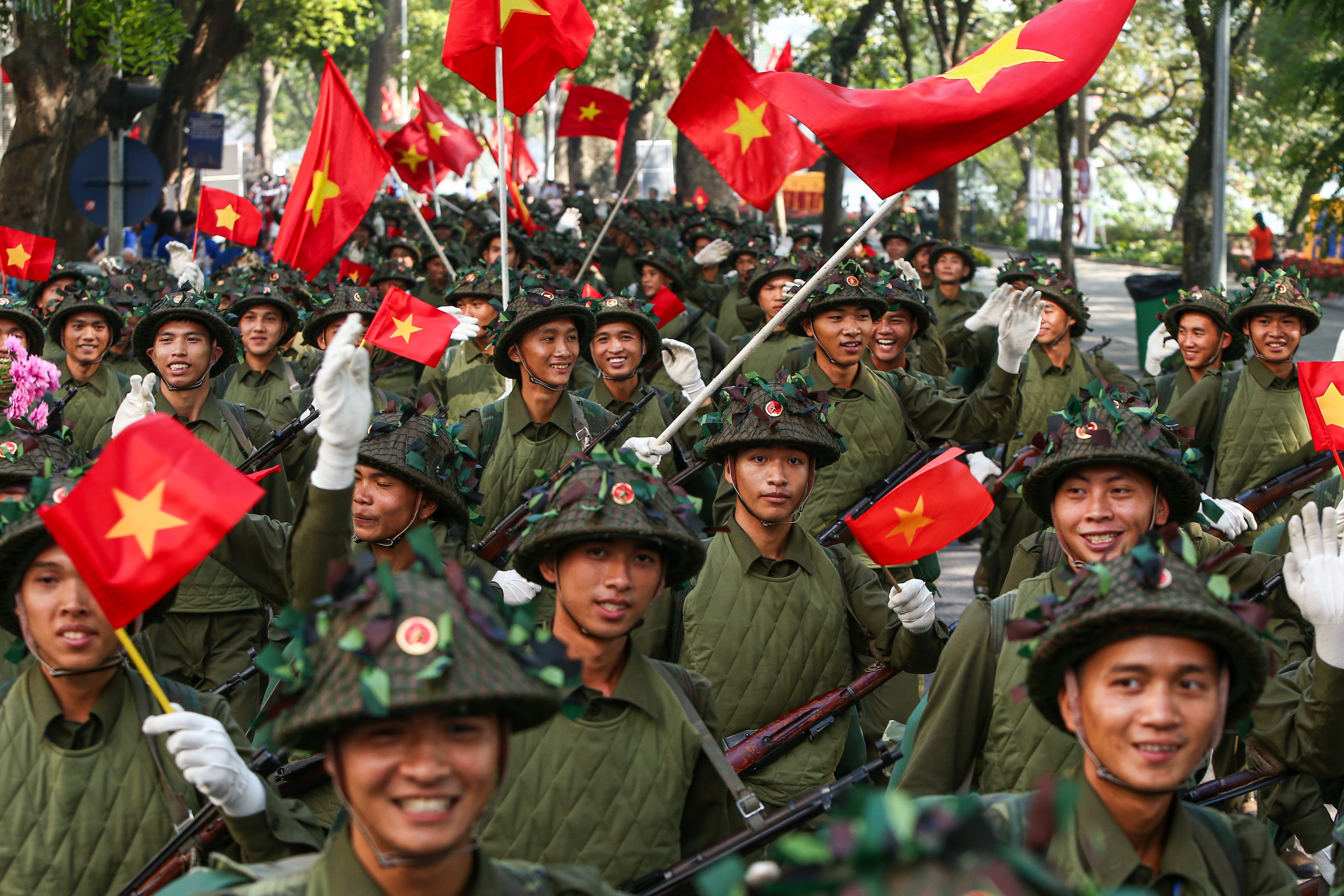


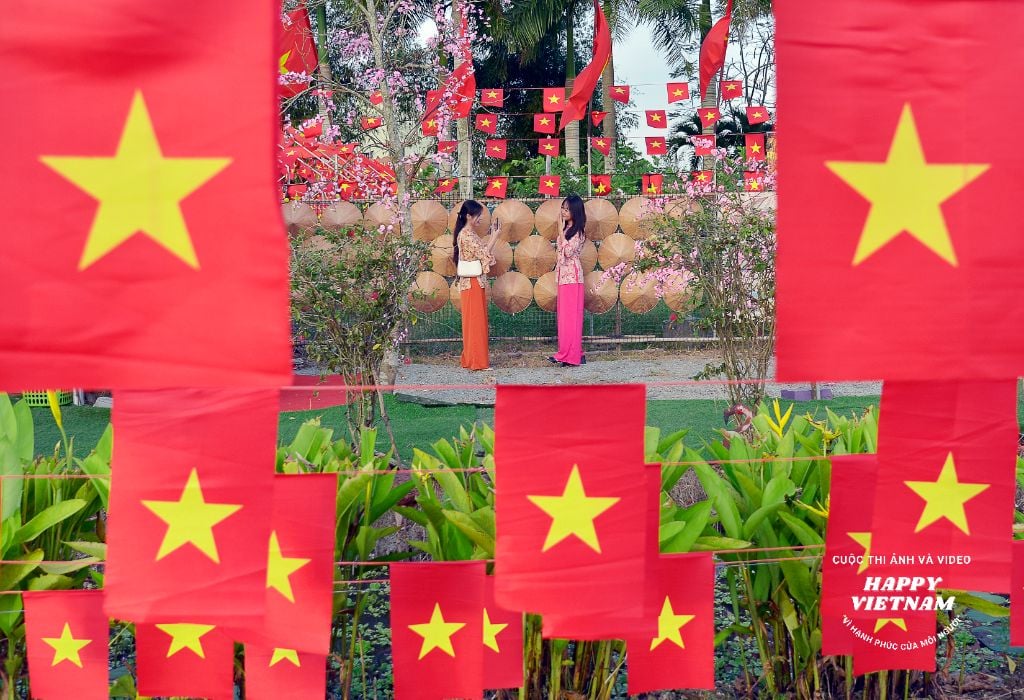
Comment (0)